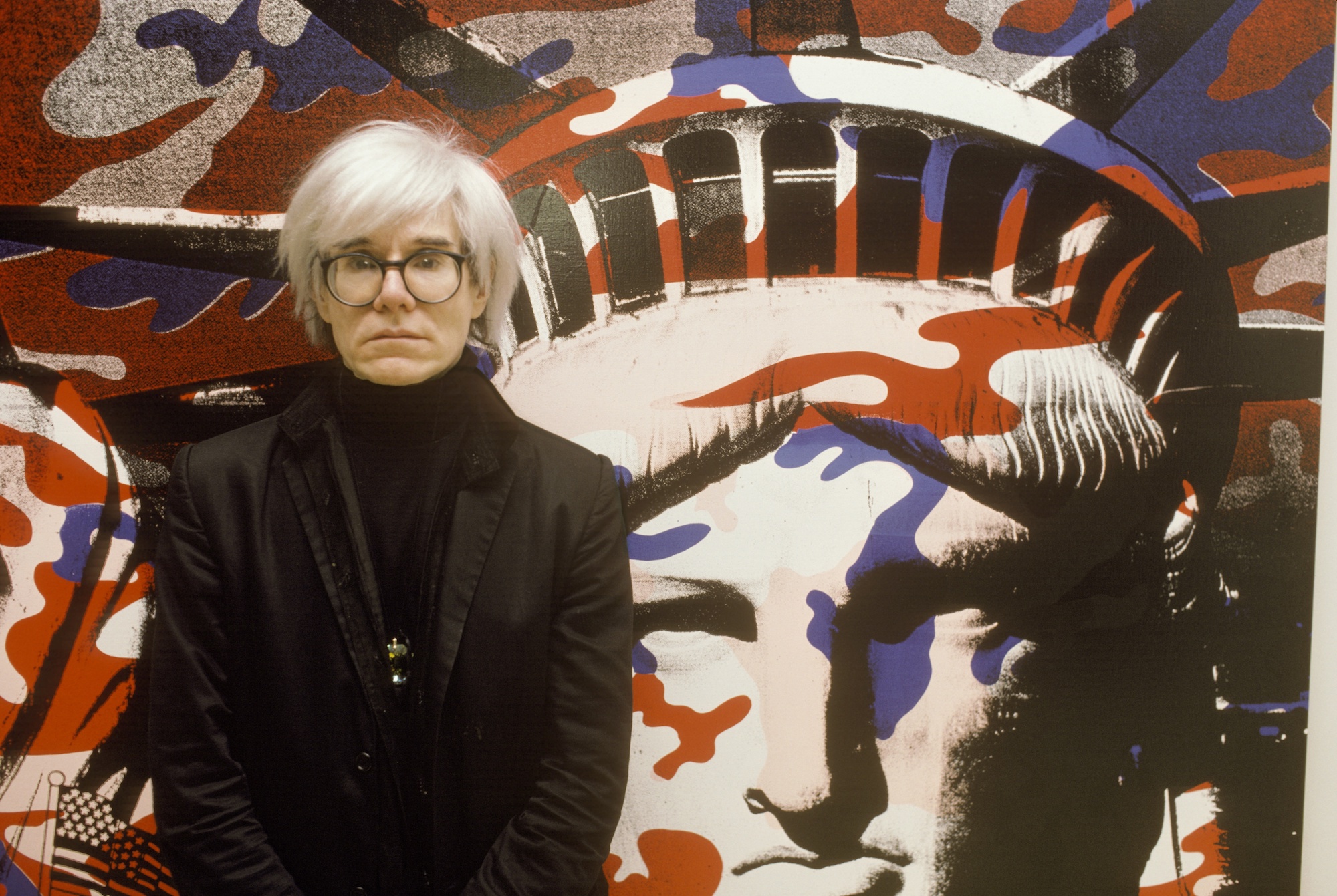
Think you know Warhol? Think again. New York’s Whitney Museum of American Art is planning the city’s first comprehensive Andy Warhol retrospective in nearly 30 years—and it may make you reconsider much of what you thought you understood about America’s favorite Pop artist.
“I think there is a lot to be discovered about Warhol,” says the curator Donna De Salvo, who is organizing the exhibition. “I’ve always felt there was so much attention given to the persona of Warhol that we had trouble looking at the work—and that’s what this exhibition does.” The show, due to open in November 2018, will be the largest solo exhibition to date in the Whitney’s Meatpacking District building.
While Warhol may be one of the world’s most recognizable artists, much of the attention has focused on a very narrow slice of his output: the silkscreens of Campbell’s soup cans, Coke bottles, Jackie O, and Marilyn Monroe from the ’60s.
The Whitney exhibition, by contrast, will span all media and periods of Warhol’s career, including his early commercial illustrations from the 1950s, his experimental films from the ’70s, and his somewhat maligned shadow and skull paintings from the late ’70s. (Some of the late work has been shown only in Europe, De Salvo notes—although the Andy Warhol Museum in Pittsburgh, which opened in 1994, also offers a comprehensive look at the artist’s oeuvre.)
A gallery assistant poses in front of Andy Warhol’s “Campbell’s Soup”. © Leon Neal/AFP/Getty.
Indeed, when the Museum of Contemporary Art in Los Angeles, presented the last major Warhol retrospective in the US in 2002, the dealer Ivan Karp, who helped discover Warhol, quite dismissively described the artist’s accomplishments as “limited in scope.” After 1966, Karp said, “the work… becomes ornamental, decorative, and vacuous.”
De Salvo will aim to convince audiences otherwise. “We argue that the work didn’t decline,” she says.
The Whitney’s show is the first Warhol retrospective to be originated by an American institution since an exhibition at the Museum of Modern Art in 1989, two years after the artist’s death. (The MOCA show traveled to the US from the Neue Nationalgalerie in Berlin.) After its stop in New York, the Whitney show will travel to the San Francisco Museum of Modern Art in spring 2019 and the Art Institute of Chicago in fall 2019.
“There’s a lot about Warhol’s work that prefigures many aspects of digital production, social media, and a certain kind of very intuitive and profound understanding of audience,” De Salvo says.
What kind of art might Warhol be making if he were alive today? “We’ll never know,” De Salvo says, but she notes that Steve Jobs introduced the artist to the Amiga computer before his death. “He was never afraid to avail himself of new technology.”
Although securing loans has been “challenging” because of the high value of Warhol’s work, De Salvo says donors have been generous. “I comfort myself by saying a da Vinci show would be more challenging.”
“Andy Warhol” opens at the Whitney Museum of American Art in New York in November 2018. A closing date has yet to be announced.